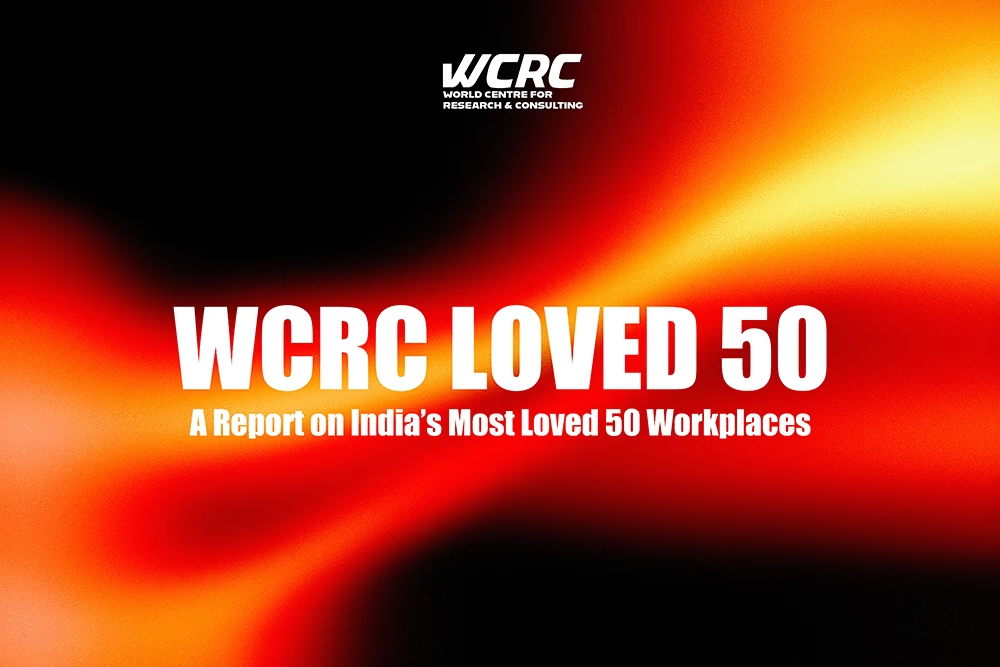From humble origins, it rose like a phoneix
Over the last two decades, Singapore Airlines has grown from a regional airline into one of the world’s leading passenger and cargo carriers. Today, it has a modern and young fleet of aircraft. Its homebase, Changi Airport, is regularly voted the world’s best and serves as a gateway to Asia and beyond.
The Airlines has come a long way from its humble origin as a small regional airline. It started in 1947 when Malayan Airways first operated a twin-engined Airspeed Consul between Singapore, Kuala Lumpur, Ipoh and Penang. Passenger demand grew and so did the fledging airline. By 1955, it had a fleet of Douglas DC-3s. The creation of the Federation of Malaysia in 1963, prompted two name changes; first to Malaysian Aieways and then, three years later, to Malaysia-Singapore Airlines (MSA) in deference to the carrier’s joint shareholders, the governments of Malaysia and Singapore.
MSA ceased operations in October 1972 and two new airlines, Malaysia Airline System (now called Malaysia Airlines) and Singapore Airlines, were born. During its launch, the new national flag carrier of Singapore had a modest fleet comprising 10 aircraft, a staff of 6,000 and route network spanning 22 cities in 18 countries. It also had 25 years of experience and boundless ambition. Singapore Airlines immediately began to expand and modernise its fleet, setiing standards of service that others could only follow. Far-sighted planning, investement and product innovation propelled its growing reputation and profitability. The little airline from the small island state in Asia became big.
Key Features
1. One of the world’s leading passenger & cargo carriers
2. Regularly voted as the world’s best airline by bodies, agencies and associations













